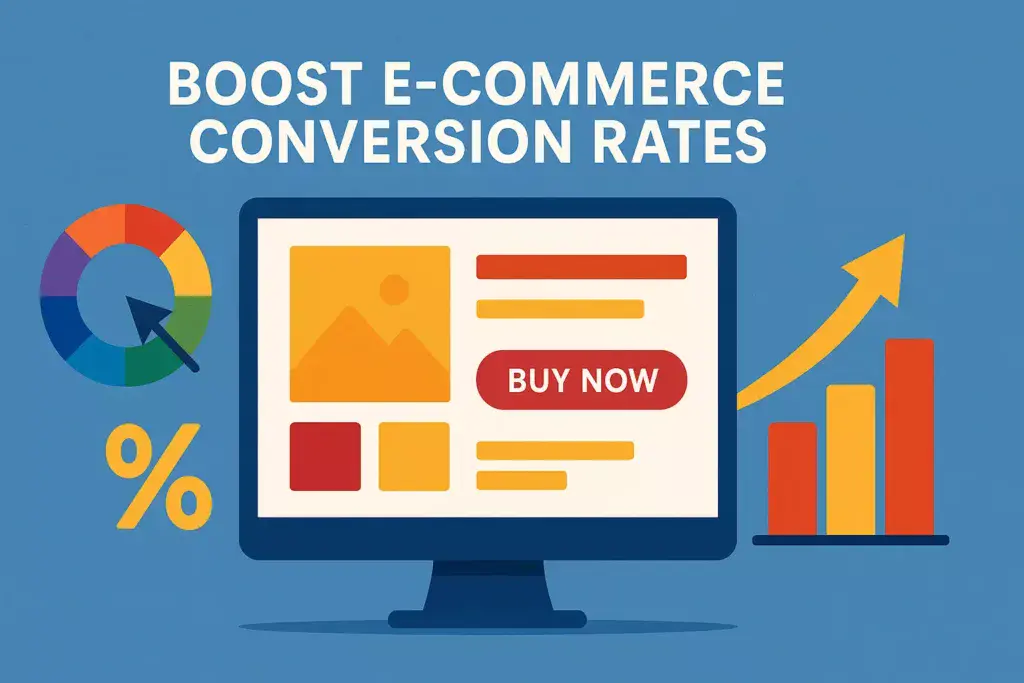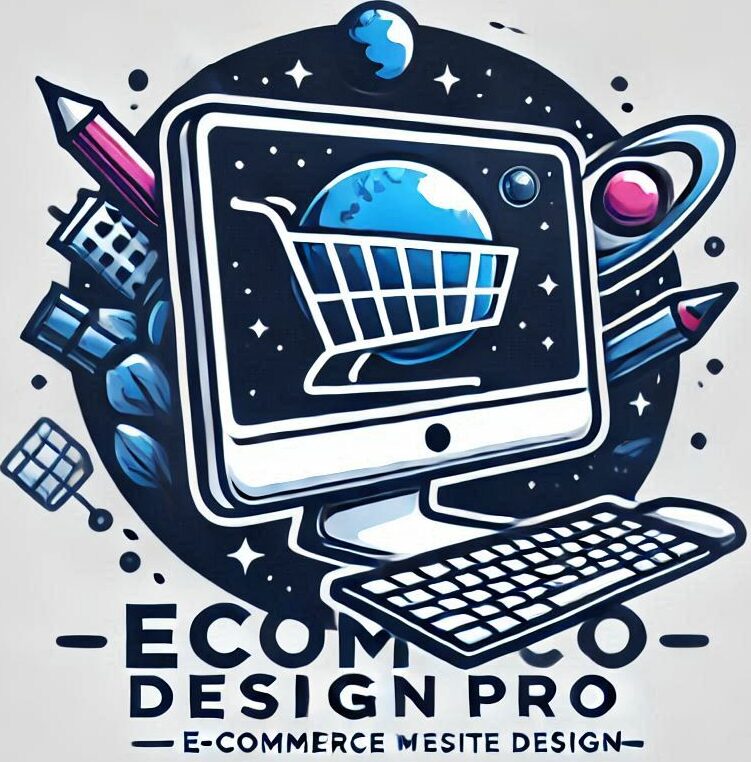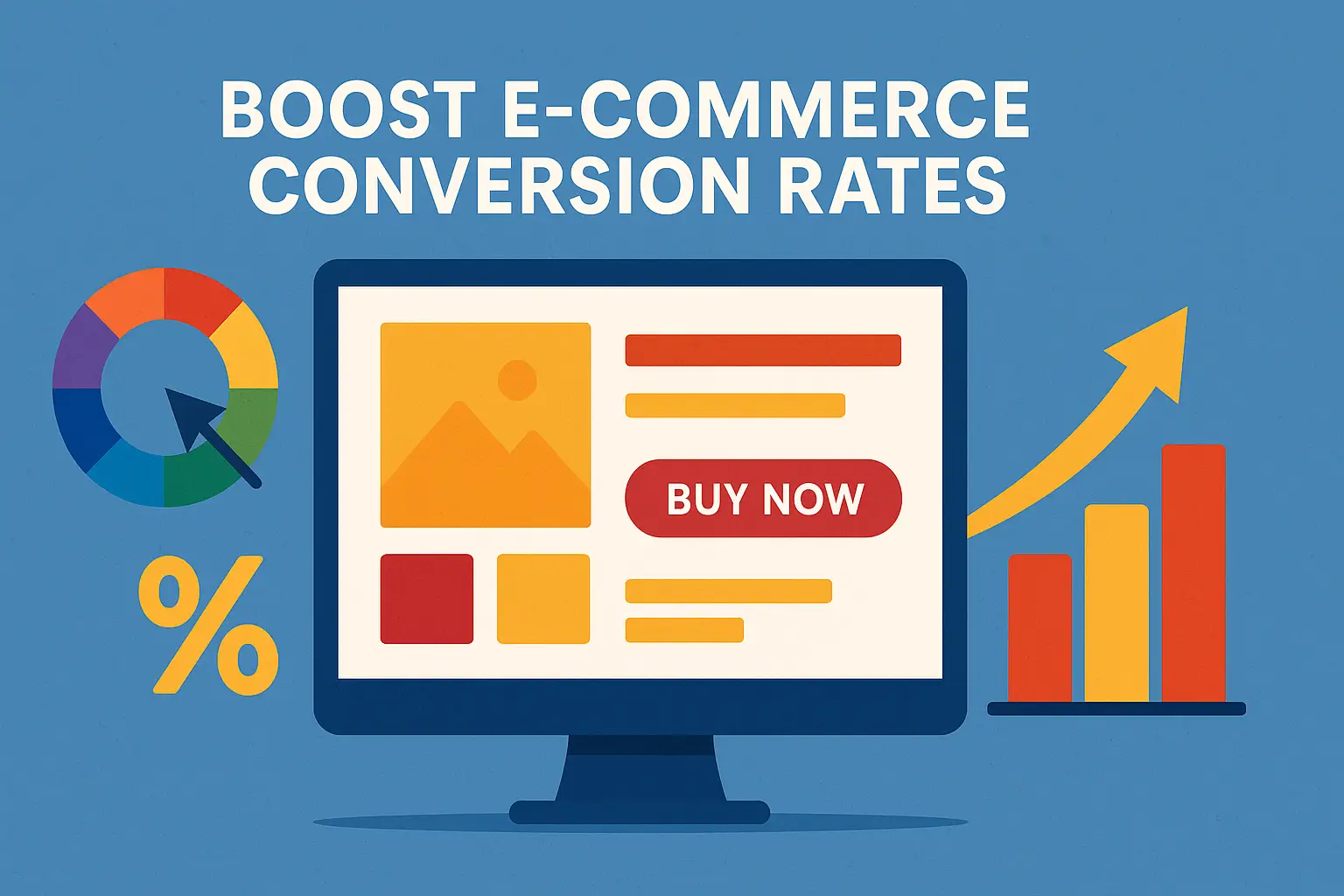
I. Introduction to Color Psychology in E-commerce
Boost e-commerce conversion rates by understanding the strategic role of color psychology in online retail. In the dynamic world of e-commerce, where first impressions heavily influence user behavior, color plays a pivotal role in shaping how consumers perceive and interact with a brand. Color psychology the study of how hues affect emotions and decisions offers e-commerce businesses a powerful way to influence purchasing behavior and guide customers toward desired actions. By leveraging the right color schemes, retailers can create a visual environment that increases trust, enhances user engagement, and drives measurable improvements in conversion rates.
Research indicates that consumers often make subconscious judgments about a product or brand within mere seconds of exposure, with color being one of the primary factors contributing to these rapid assessments. For instance, the right color scheme can create a sense of urgency, foster trust, or even evoke a feeling of luxury all of which can lead to increased sales. As e-commerce continues to grow and evolve, understanding how to harness the power of color can be a game-changer for businesses looking to enhance user experience and drive conversions.
This article delves into various color schemes that have been proven to boost e-commerce conversion rates. We will explore warm colors that stimulate action, cool colors that instill confidence, and neutral tones that create a calming backdrop, offering insights into how each hue can be effectively utilized in online retail settings. By strategically implementing these color schemes, e-commerce businesses can craft a more compelling visual narrative that resonates with their target audience, ultimately leading to higher engagement and sales.
II. Warm Color Schemes
Boost e-commerce conversion rates by strategically incorporating warm color schemes that evoke urgency and excitement. Warm colors like red, orange, and yellow can trigger emotional responses that lead to faster decision-making and higher engagement, especially when used for calls to action or limited-time offers.
Warm color schemes are often associated with energy, passion, and excitement. These colors can evoke strong emotional responses and are frequently used in marketing to create a sense of urgency and encourage prompt action. In the realm of e-commerce, strategically utilizing warm colors can significantly enhance conversion rates by guiding consumer behavior and fostering a connection with the brand. Below, we explore the impact of specific warm colors and how they can be effectively integrated into e-commerce design.
A. Impact of Red on Urgency
Red is one of the most powerful colors in the warm spectrum, often linked to feelings of passion and intensity. In e-commerce, red is particularly effective for creating a sense of urgency. Retailers frequently use red in sale banners, countdown timers, and clearance promotions to draw attention and prompt immediate action. The psychological effect of red can stimulate impulse buying, making it a popular choice for limited-time offers or flash sales. However, it is essential to use red judiciously; an overabundance can lead to feelings of aggression or anxiety, potentially deterring rather than attracting customers.
B. Influence of Orange on Call-to-Action
Orange combines the energy of red and the cheerfulness of yellow, making it an excellent choice for call-to-action buttons. This vibrant hue exudes enthusiasm and warmth, encouraging users to engage with the content. When used for buttons such as “Buy Now” or “Sign Up,” orange can create a sense of friendliness and approachability, making the purchasing process feel less intimidating. Studies have shown that orange can be a color choices that impact conversion rates when used strategically, especially when paired with clear and compelling text. It is a color that invites interaction while fostering a positive emotional response.
C. Use of Yellow for Optimism
Yellow is often associated with sunshine, positivity, and optimism. In e-commerce, this bright color can be harnessed to create an uplifting shopping experience. Yellow can effectively highlight promotions, draw attention to important information, or evoke a sense of happiness around a product. However, like red, yellow should be used sparingly; too much yellow can overwhelm users and lead to visual fatigue. The key is to incorporate yellow in moderation, using it as an accent to enhance key elements of the site. When combined with darker colors, yellow can stand out even more, guiding users toward desired actions while instilling a sense of joy and satisfaction.
In summary, warm color schemes can significantly influence consumer behavior in e-commerce. By effectively leveraging the psychological impacts of red, orange, and yellow, online retailers can create an engaging environment that encourages users to take action, ultimately boosting conversion rates. As we move forward, we will explore cool color schemes and their unique effects on consumer perceptions and behaviors.
III. Cool Color Schemes
Boost e-commerce conversion rates with cool color schemes that foster trust, calmness, and professionalism. Colors such as blue, green, and purple help create a more relaxed and credible shopping experience qualities that reassure customers and reduce hesitation at checkout.
A. Effect of Blue on Trust
Blue is widely recognized as the color of trust and reliability. This is why many financial institutions and technology companies incorporate blue into their branding. In e-commerce, using blue can foster a sense of security, making customers more likely to share personal information and complete their purchases. Studies have shown that websites featuring blue hues often experience higher conversion rates, as consumers feel reassured by the calming effects of this color. Additionally, blue can evoke feelings of tranquility, which can reduce anxiety often associated with online shopping.
B. Green for Growth and Balance
Green is synonymous with growth, renewal, and balance, making it an ideal choice for brands focused on sustainability and health. In e-commerce, green can be utilized to convey a sense of harmony and eco-friendliness, appealing to environmentally conscious consumers. It is also associated with wealth and prosperity, which can subtly influence purchasing decisions. By incorporating green into their color schemes, e-commerce brands can create a welcoming and balanced shopping experience that encourages customers to feel good about their purchases, particularly in industries such as organic food, wellness products, and eco-friendly goods.
C. Purple for Luxury and Elegance
Purple has long been associated with luxury, creativity, and sophistication. Its rich and regal qualities can elevate a brand’s image and attract consumers looking for premium products. In the e-commerce realm, using purple can create a sense of exclusivity and allure, making it especially effective for high-end brands or products. By integrating purple into their website design or marketing materials, e-commerce businesses can position themselves as leaders in their industry, appealing to customers who seek quality and elegance. The psychological association of purple with creativity can also inspire customers to explore and engage with the brand’s offerings.
In summary, cool color schemes can significantly enhance the e-commerce experience by fostering trust, promoting balance, and conveying luxury. By thoughtfully incorporating these colors into their branding and website design, e-commerce businesses can create an inviting environment that encourages customer loyalty and boosts conversion rates.
IV. Neutrals and Earth Tones
Boost e-commerce conversion rates by using neutral and earth tones to create a welcoming, comfortable shopping environment. Shades like grey, beige, and brown serve as versatile backdrops that promote brand reliability and let your product visuals shine without distraction.
A. Role of Grey in Minimalism
Grey is often associated with sophistication and neutrality. In e-commerce, it serves as an excellent backdrop that allows products to take center stage without overwhelming the viewer. Its minimalist appeal can help brands convey a sense of modernity and professionalism, making it particularly effective for high-end products. By using grey strategically in website design—from backgrounds to typography—brands can create a seamless shopping experience that encourages customers to focus on the items they are considering purchasing.
B. Beige for Warmth and Comfort
Beige is a versatile color that evokes feelings of warmth and comfort, making it an ideal choice for brands aiming to create a welcoming atmosphere. This earth tone can soften the visual impact of a website, which is particularly beneficial for e-commerce stores that sell home goods, clothing, or personal care products. By incorporating beige into their color schemes, brands can foster a sense of familiarity and trust. Moreover, beige pairs well with bolder colors, allowing for effective call-to-action elements that stand out without being jarring.
C. Brown as a Symbol of Stability
Brown is often linked to stability, reliability, and groundedness. In the context of e-commerce, it can instill confidence in consumers as they navigate their shopping experience. Brands that utilize brown effectively, such as those in the food, outdoor, or artisanal sectors, can convey a sense of authenticity and heritage. This color can also enhance the perceived value of products, especially when used in combination with other colors that complement its earthy tones. By leveraging brown in their design, e-commerce businesses can create a trustworthy environment that encourages customers to make purchases with assurance.
In summary, neutrals and earth tones provide a foundation for e-commerce websites that aim to nurture customer relationships and promote conversion. By thoughtfully integrating grey, beige, and brown into their color schemes, brands can create a visually appealing and emotionally resonant shopping experience that speaks to the desires and needs of their audience.
V. Conclusion: Choosing the Right Color Scheme
To boost e-commerce conversion rates, choosing the right color scheme is not just about aesthetics—it’s a strategic decision rooted in psychology. The right hues can inspire trust, spark emotion, and guide customer behavior, turning casual browsers into loyal buyers.
When choosing the right color scheme, it is crucial to consider the brand’s message and the emotions it aims to convey. For instance, a vibrant red might be ideal for a flash sale, creating a sense of urgency, while a soothing blue can instill trust, making it a suitable choice for a financial service or healthcare product. Brands that wish to project elegance may gravitate towards purple, whereas those that emphasize sustainability might find green to be a better fit.
Additionally, testing and iterating on color choices can lead to invaluable insights. A/B testing different color schemes on landing pages or product displays can help determine which colors resonate best with your audience, ultimately optimizing conversion rates.
Incorporating colors that reflect the brand’s values and the emotions they wish to evoke in consumers will not only enhance the overall aesthetic but also increase the likelihood of engagement and transactions. As e-commerce continues to grow, leveraging the power of color psychology will remain a vital tool for businesses seeking to stand out in a crowded marketplace. Therefore, take the time to thoughtfully select a color scheme that aligns with your brand’s goals, and watch as it transforms the shopping experience for your customers.



